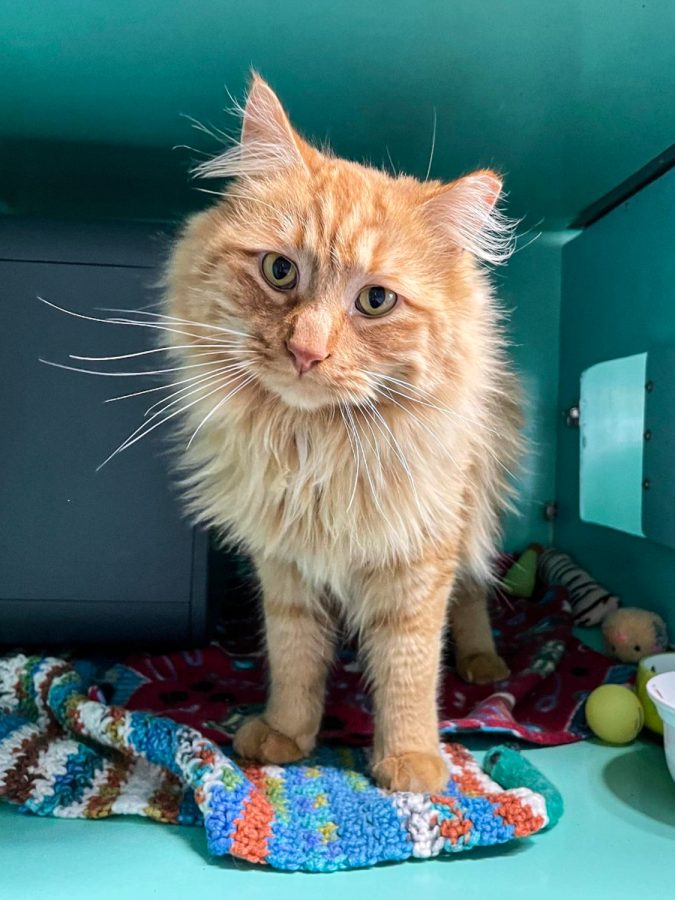Humane society offers spay, neuter coupons to decrease overpopulation
Whitman County Humane Society has 40 puppies from accidental litters, hopes to fix feral cat colony this spring
Whitman County Humane Society is hoping to spay and neuter a group of 20 feral cats living in Moscow.
March 10, 2022
Over the past three months, Whitman County Humane Society has cared for almost 40 puppies.
All of these were accidental litters or dogs that were dumped because they were never fixed, said Jayden Marie (she/they), WCHS foster program coordinator.
Even if someone’s pet never sees another animal, they should still get fixed. A variety of behavioral issues, training issues and health concerns can be solved by getting them spayed or neutered, Marie said.
In Moscow, there is a feral cat colony with over 20 cats in it. All of these cats have injuries. The WCHS is working toward getting them fixed this spring, they said.
WCHS has a Spay Neuter Assistance Program for anyone who lives in Whitman County. Qualified people can pick up a coupon for a spay or neuter procedure that they can then bring to a veterinarian, Marie said.
If someone is interested, the first step is for them to make an appointment with the WCHS by calling 509-332-2422. During the appointment, the person looking to get the coupon will fill out a survey to see if they qualify for it, Marie said.
“I’ve never turned down one person,” she said.
If approved, the person can get a coupon for $22.50 for cat neuters, $40 for cat spays, $45 for dog neuters and $50 for dog spays. The coupon is active for 30 days, and each household is allowed three coupons every year, according to the WCHS website.
The money for the SNAP program comes from grants, private donations and fundraising the WCHS does, according to the website.
The cost for a spay surgery depends largely on the clinic. Going to a smaller clinic could cost $100, while going to somewhere like WSU could cost around $500. Marie recommends pet owners think about what is most important to them when choosing where to take their pet.
“Are you wanting the best possible quality and you want to spend more money, or do you want a really inexpensive one that is not going to be the best one that you’ve ever had?” Marie said.
Dr. Cassidy Cordon, community practice clinical instructor at WSU’s Veterinary Teaching Hospital, often gets questions about when an animal should get spayed. Shelters focus on population control, which means they might want to do a spay at four to five months of age. The VTH discusses doing it at one to two years for the animal’s bone health, and so the animal can get the hormones they need. It just depends on where a pet owner goes.
Animals not getting spayed is not just a local issue. There is an overpopulation of dogs and cats in the U.S., which makes spaying animals important to reduce the number of animals in shelters and on the streets, Marie said.
The first step of the spay procedure is anesthesia. A shelter or lower-cost facility may use an injectable version of an anesthetic, while somewhere like the VTH uses an inhalant anesthetic. It depends on what the clinic prefers, Cordon said.
After the animal is given the anesthetic, an incision is made to the abdomen. The ovary and uterus are then removed, she said.
Once the procedure is complete, animals will often spend the night in the hospital, Cordon said. From there, they go home the next day. The goal is for the animal to take it easy in the next couple of weeks while the incision is healing.










